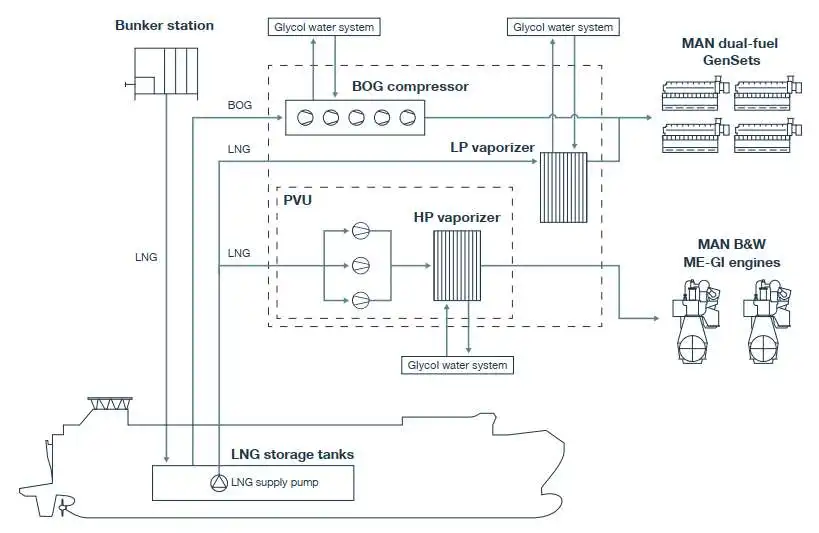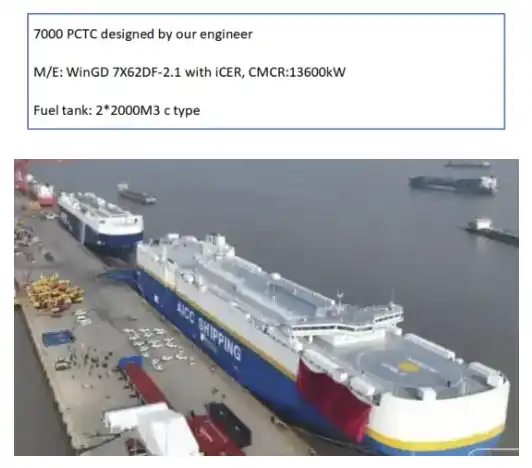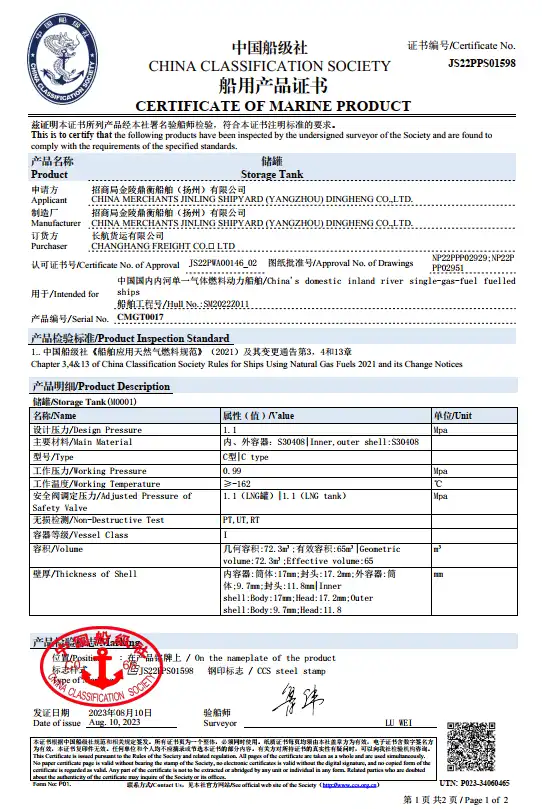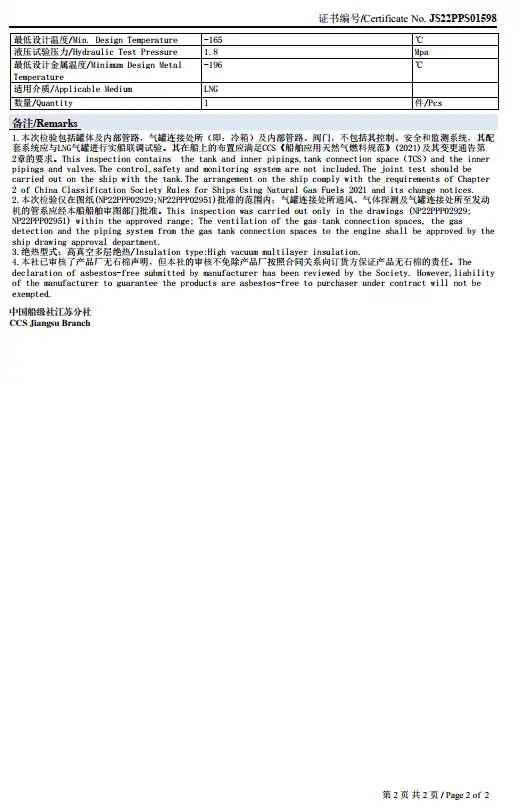LNG Bunkering Fuel Distribution Hub
HP FGSS, part of the LNG Bunkering Fuel Distribution Hub, has been specifically designed for MAN GI engines, utilizing PVU pressurization to increase LNG pressure beyond 300 bar. This results in a significant reduction in methane emissions, about one-tenth of the emissions observed with MAN GA engines. On the other hand, LP FGSS is primarily suited for Otto-cycle gas engines, which typically operate at pressures below 16 bar. Additionally, the FGSS can be integrated with a gas combustion unit (GCU) and a gas boiler to effectively manage boil-off gas (BOG).

Why Choose Us?
1. Unmatched Industry Expertise – Our team boasts extensive experience in the design and construction of dual-fuel vessels, LNG carriers, chemical tankers, and related systems, establishing us as leaders in the industry.
2. Comprehensive Service Portfolio – We offer a wide array of services covering various systems such as Methanol Fuel Supply Systems (MFSS), LNG Fuel Supply Systems (FGSS), Ammonia Fuel Supply Systems (AFSS), and LPG Cargo Handling Systems (CHS).
3. Cutting-Edge Engineering – Our low-pressure LNG Bunkering Fuel Distribution Hub have proven their reliability over the past year, affirming their stability. We also provide custom equipment and piping designs within the Tank Cooling System (TCS), ensuring compact, safe, and optimal solutions.
4. Strategic Partnerships – Collaborating with WTC, a renowned Norwegian design firm, we provide advanced market solutions that are tailored to meet the specific needs of our clients.
5. Comprehensive Lifecycle Support – From design and manufacturing to installation, we offer full support, including the ongoing construction of multiple units and solid after-sales services.
Product Specifications

Product Overview
1. High-Pressure FGSS for MAN-GI Engines – This system leverages PVU pressurization to exceed 300 bar, reducing methane slip to approximately one-tenth of that in traditional GA engines, ensuring efficiency and minimal emissions.
2. Low-Pressure FGSS for Otto-Cycle Engines – Designed for Otto-cycle gas engines that typically function at pressures below 16 bar, this system features compact LNG equipment and piping integrated within the Tank Cooling System (TCS), maximizing safety and space efficiency.
3. Integrated BOG Management – The FGSS system can be coupled with Gas Combustion Units (GCU) and gas boilers for the effective combustion of Boil-Off Gas (BOG), optimizing energy usage and reducing waste.
4. Proven Reliability – Our low-pressure LNG fuel supply systems have been operating reliably on vessels for over a year, demonstrating their real-world dependability.
5. Custom Packaging Solutions – We offer pre-packaged tank systems, complete with pre-installed equipment and pipelines within the TCS, ensuring secure, compact, and turnkey solutions.
6. Comprehensive Support – From design to commissioning, we ensure seamless integration of the system and provide continuous post-sales support for long-term operational excellence.

Quality Assurance
We proudly hold the CCS 72.3m³ Stainless Steel Double-Layer LNG Tank Product Certificate.


Installation Procedure
1. Review the vessel’s design plans, ensuring system interface requirements are confirmed through technical verification.
2. Gather all necessary tools and equipment, ensuring safety measures are properly implemented.
3. Transport the prefabricated fuel supply system module to the installation site, using lifting equipment for accurate positioning.
4. Secure the module to its foundation, ensuring it is stable and aligned with the vessel’s structural and design specifications.
5. Connect the transfer pipelines, auxiliary system piping, and control cables, ensuring the integrity of these connections and the functionality of the electrical system.
6. Conduct individual and integrated testing of the entire supply system to verify the performance of all subsystems, including bunkering, supply, and control safety features.
For more product information about LNG Bunkering Fuel Distribution Hub, please leave a message below

